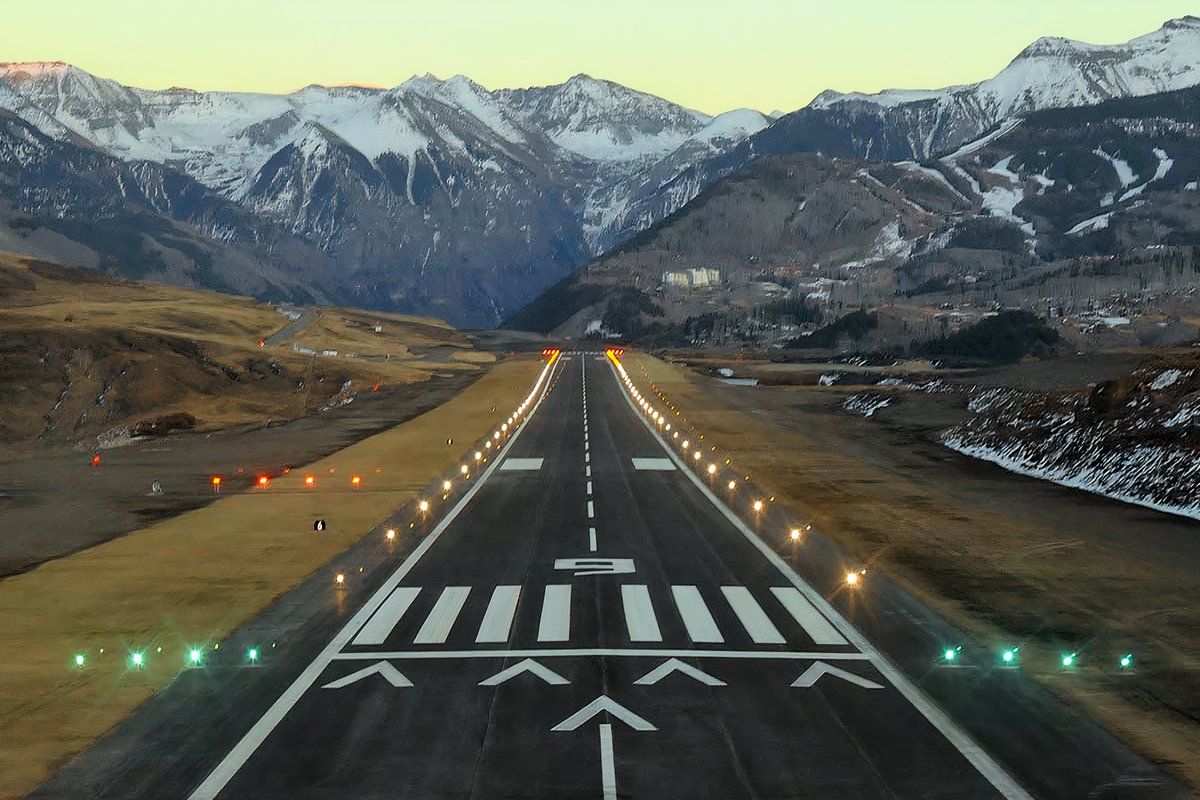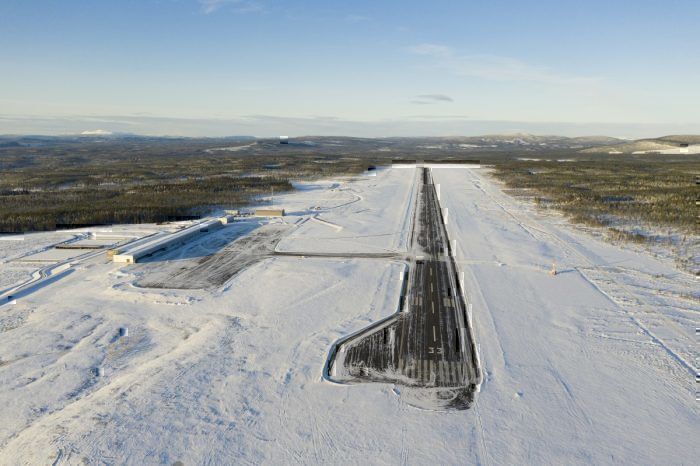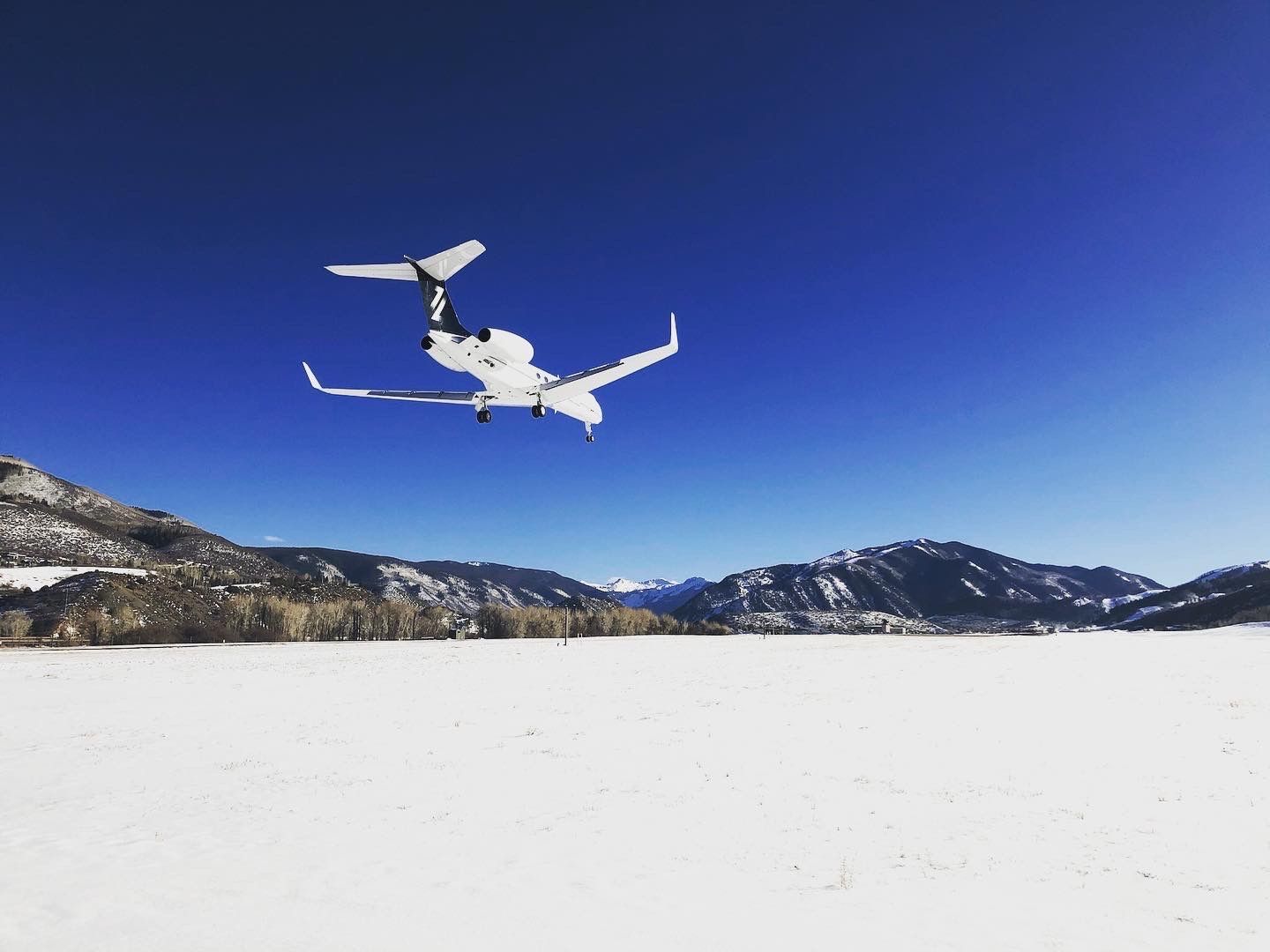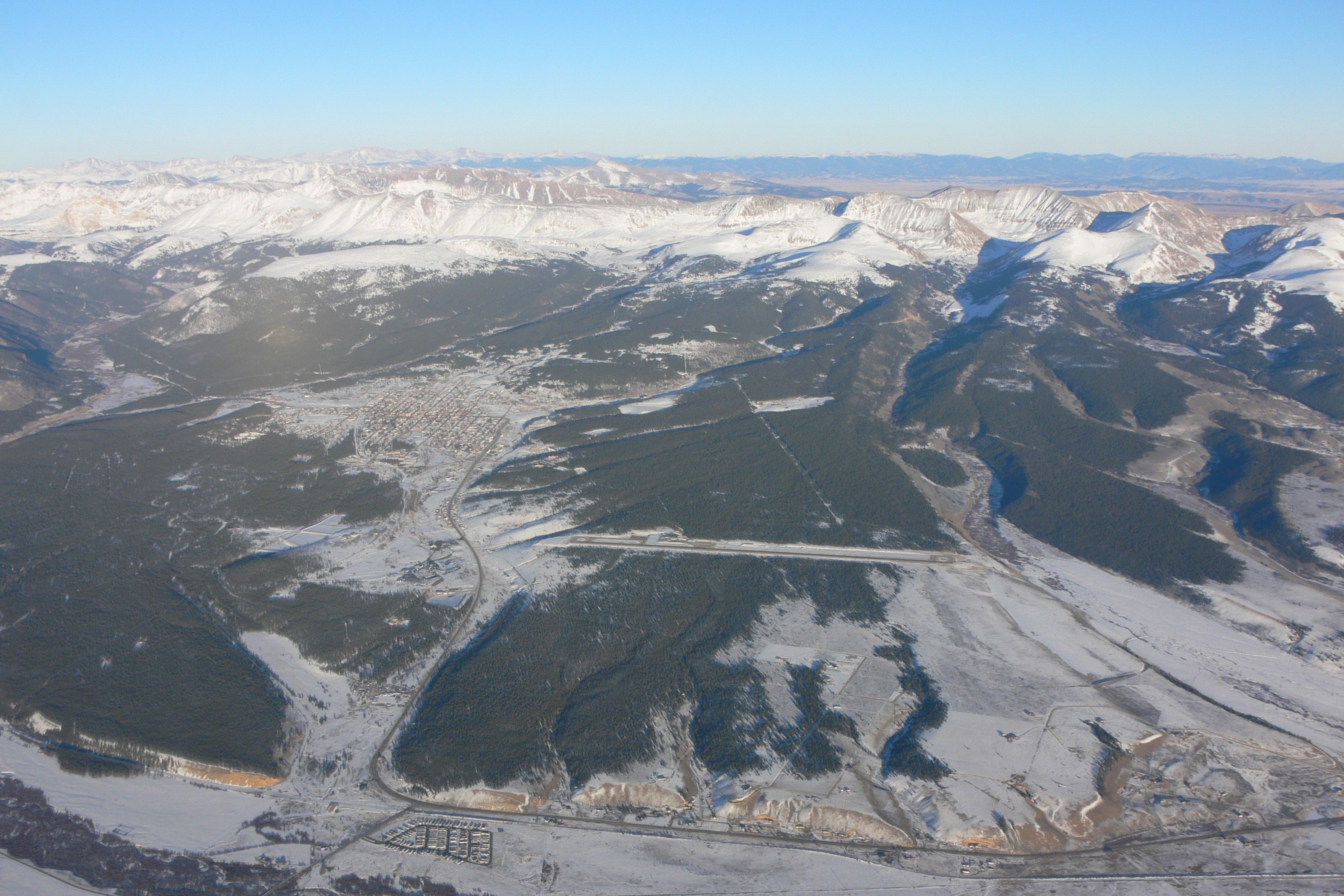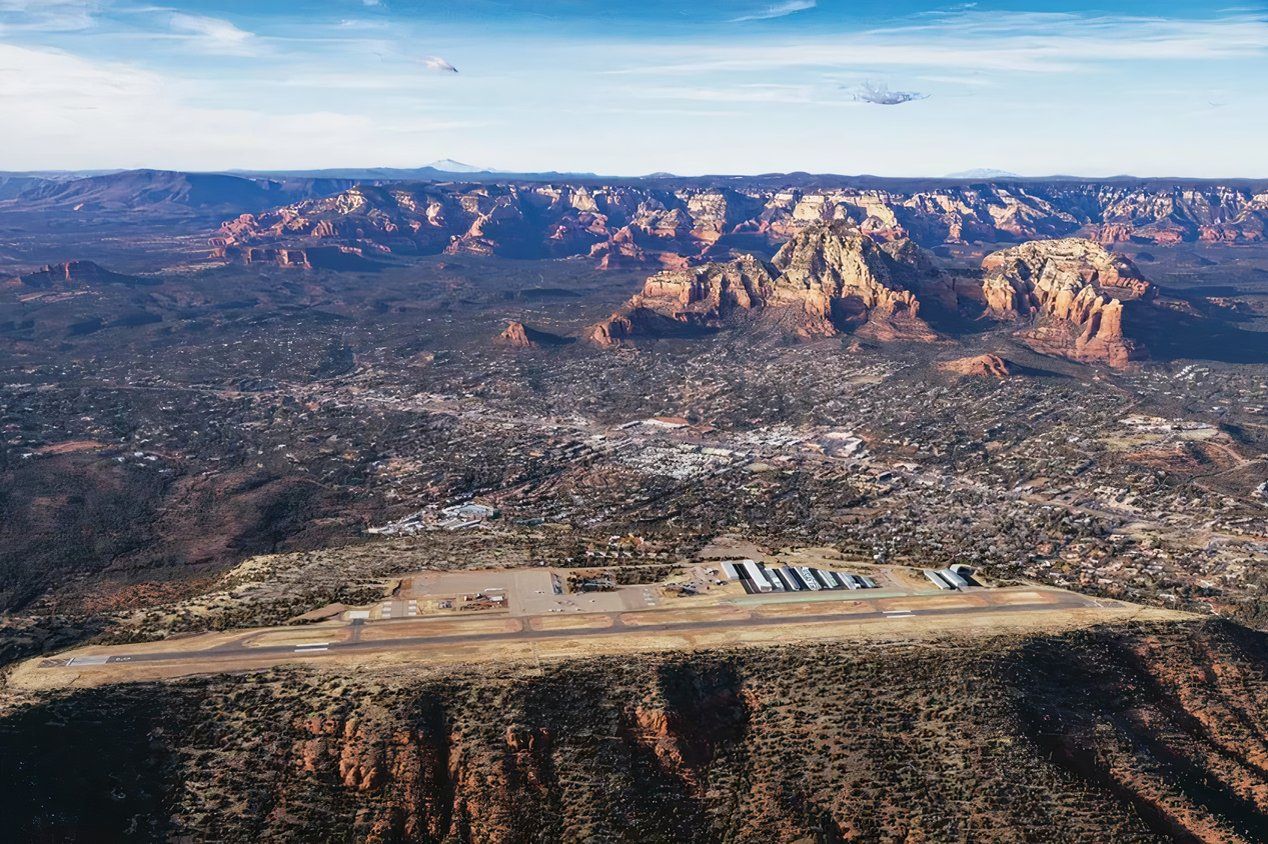If you have even flown into or out of a US mountain airport, whether it is a large commercial hub like Denver International Airport
(DEN) or Salt Lake City International Airport
(SLC) or a smaller regional airport on a skiing trip, you know the experience is a little different. Approaches tend to be steeper and bumpier, and takeoffs can be circuitous and make you very aware of the aircraft’s full power and the pilot’s skills as they navigate the terrain.
However, the elevations at SLC (4,226 feet) and DEN (5,434 feet) are still relatively tame compared to the scores of US mountain airports between 6,000 and 10,000 feet. Each offers a range of unique challenges to pilots, who often require special certifications to fly into the airports. So, let’s look at some of the main challenges pilots face at US mountain airports and some notorious airports where they will encounter them.
Mountainous terrain and the airport itself
The surrounding terrain is the first big challenge of any mountain airport. The facility is often surrounded by high peaks that require aircraft to adopt indirect approaches through valleys or take steeper glide paths upon cresting a mountain. A good example is Telluride Regional Airport (TEX) in southwest Colorado, which is surrounded on three sides by 14,000-foot peaks, with a ’mere’ 12,000-footer to the west, or in airport-speak, “rising terrain all quadrants”.
Photo: Telluride Regional Airport
This also impacts the layout of the airport itself, which often has limited flat ground within the mountain valley. This typically means runways are shorter and often have a slope to them. This places greater demands on pilots, who must be skilled at managing their glide path, descent rate, and runway alignment, putting the aircraft down in precisely the right spot to give themselves enough space for braking.
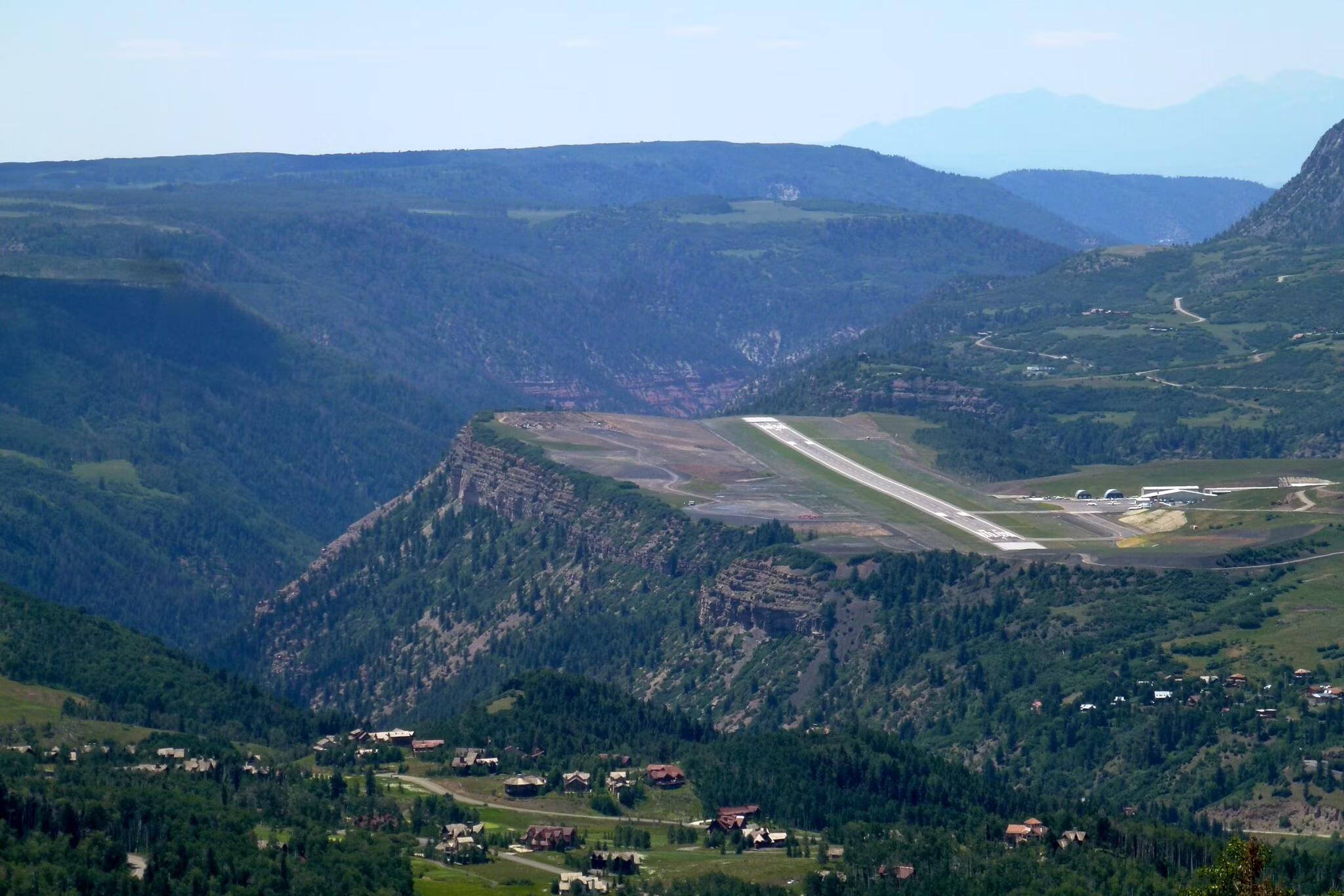
Related
Altitude Aviation: The 6 Highest US Commercial Airports
Some of the highest-altitude airports in the United States are located in Colorado.
Challenging weather and unpredictable winds
The Rocky Mountains are notorious for their rapidly changing weather cycles. A calm, sunny morning can turn into a howling rainstorm by midday and snow by mid-afternoon. It is critical that pilots stay up to date with the weather conditions before and during flight and adapt accordingly to situations like low visibility, rapidly forming thunderstorms, or snow on the runway.
Photo: SMA
The most significant weather challenge in mountain flying is winds. Rising air at higher altitudes creates stronger winds carved up by the broken terrain to create turbulent and unpredictable wind patterns. Pilots can expect to experience strong winds, gusts, turbulence, wind shear, up and down drafts, and even mountain waves. The latter occurs when wind blows perpendicular to a mountain range, typically found on the downwind side of mountains. Strong updrafts and downdrafts are experienced due to the nature of the wave shape that the wind forms, resulting in sudden fluctuations in airspeed, altitude, and pitch.
Well-known pilot and writer Barry Schiff offers valuable advice for pilots encountering rough mountain air:
“Maintaining altitude while flying through up- and downdrafts is counterproductive. Raising the nose to hold altitude in a downdraft results in losing airspeed, which prolongs the time spent in the downdraft. Instead, maintain attitude, accept the altitude loss, and pass through the downdraft as quickly as possible to minimize its effect.”
Aircraft performance at higher altitudes
Regardless of the weather or the terrain, another significant challenge at mountain airports is that the air is thinner and less dense, negatively impacting aircraft performance. As a rule of thumb, every 1,000 feet of altitude results in a 3% decrease in performance, so taking off or landing at a ski resort airport like Aspen (ASE), which sits at an elevation of nearly 8,000 feet, means performance is 20-25% down compared to an airport at sea level.
Photo: Aspen Airport
These performance issues are most notable at takeoff. Getting the aircraft started can be challenging in sub-zero, high wind-chill conditions. However, a more significant challenge for the pilot is being able to predict the airplane’s performance and ensure it will be able to take off on the available runway and clear surrounding terrain during the initial climb out. The simple fact is that, at high altitudes, more is demanded of the aircraft, and the aircraft has less to offer.
Human factors that need to be considered
As with all aviation, human factors are also a challenge. Pilots of private aircraft, particularly smaller turboprops, face a real risk of hypoxia due to lower oxygen levels at the higher altitudes of mountain airports. The altitude at which a pilot is susceptible to hypoxia varies, and pilots react to hypoxia in different ways. If it goes unnoticed, hypoxia can lead to impaired judgment, confusion, decreased attentiveness, fatigue, and dizziness, all of which can prove fatal when combined with the other challenges outlined above.
Photo: Gulfstream Aerospace
Sadly, the other human factor is a common cause of accidents in mountainous terrain: false bravado. According to the Federal Aviation Administration (FAA), the most significant at mountain airports is controlled flight into terrain (CFIT), which is defined as the unintentional collision with terrain while the aircraft is under positive control. The FAA reports that approximately 40 CFIT collisions occur each year, with a fatality rate of 50%. In most cases, the pilot pressed on when conditions should have caused them to turn back, or because they didn’t have a “Plan B” when conditions suddenly changed.
US mountain airports with these challenges
Several US mountain airports stand out not just for their surrounding beauty but also because of the challenge they present to pilots, so if you’re ready to test your skills, put these on your bucket list:
Lake County Airport (LXV): Altitude: 9,934 feet
Officially the highest airport in the US, LXV is located just outside of Leadville, Colorado. Several aviation organizations use it for high-altitude performance testing. The facility has no commercial operations but is a drawcard for private pilots, who receive a free certificate commemorating their landing upon a successful arrival.
Telluride Regional Airport (TEX) | Altitude: 9,078 feet
The highest commercial airport in the US, TEX offers scheduled service to Denver and Phoenix with Denver Air Connection using a Fairchild-Dornier 328JET, one of the few regional airliners capable of operating at such high field elevations. The challenges of this mountain airport are evident when you realize that 20% of all winter flights are canceled due to weather concerns.
Aspen-Pitkin County Airport (ASE) | Altitude: 7,820 feet
ASE serves the famous ski resort town and has regular service with American Airlines, Delta Air Lines, and United Airlines using regional jets. The terrain restricts aircraft to only landing to the south and taking off to the north, which can result in pilots battling strong tailwinds which has led to accidents in the past.
Photo: CNN
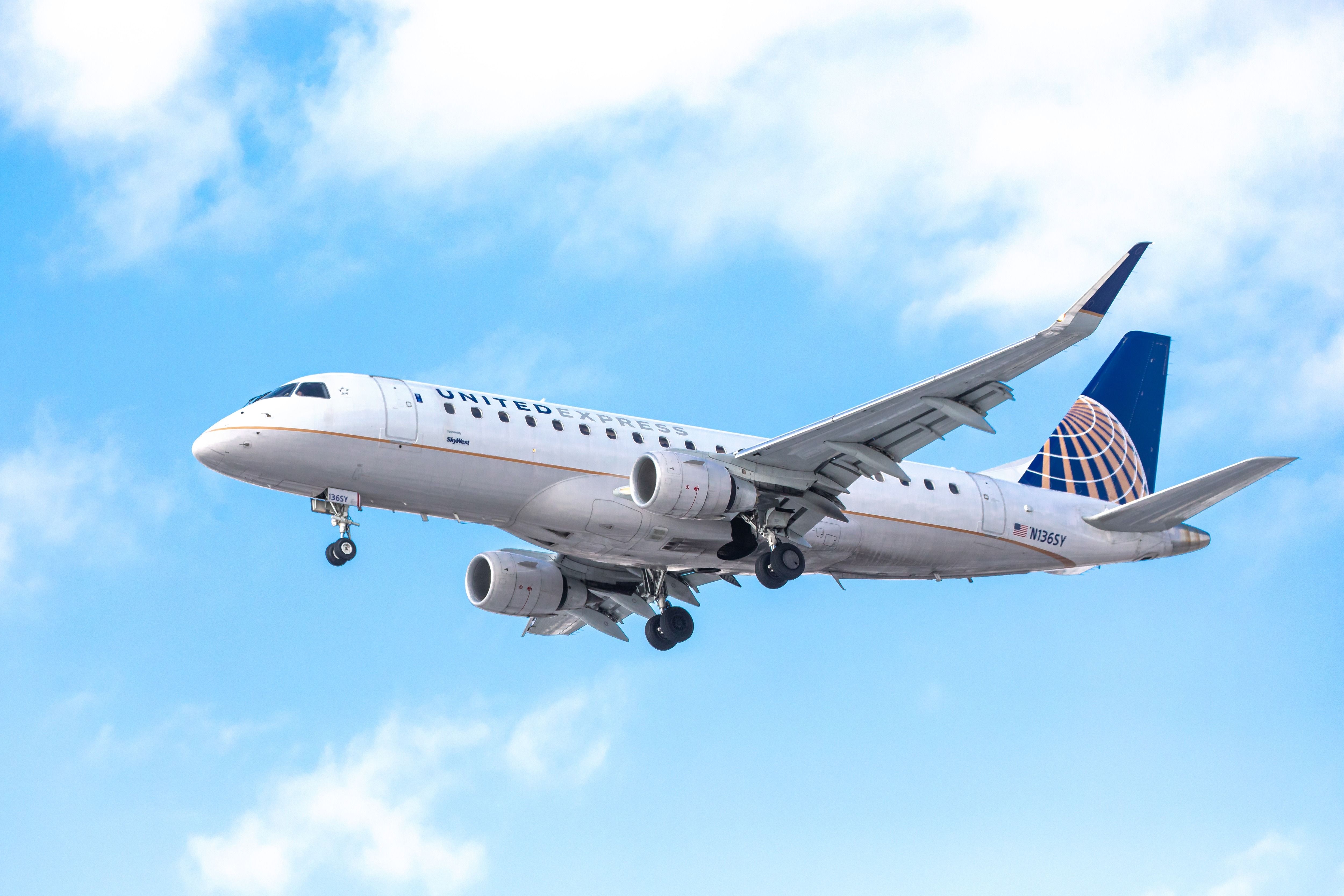
Related
For The First Time: Why Hasn’t The Embraer E175 Been Able To Operate At Aspen/Pitkin County Airport?
The E175 could make a debut in Aspen this winter.
Flagstaff Pulliam Airport (FLG) | Altitude: 7,014 feet
FLG sits in central Arizona and is the closest airport to Grand Canyon National Park with scheduled passenger service from major airlines. With over 40,000 flights a year and connections to Dallas, Los Angeles, and Phoenix, this is the high-elevation mountain airport that most readers could visit with the greatest ease.
Photo: Jaws300 | flickr
Sedona Airport (SEZ) | Altitude: 4,830 feet
What SEZ lacks in altitude, it makes up for in terrain. Situated on a 500-foot tall mesa in northern Arizona, it is considered one of the most challenging (and scenic) airports in the US due to the terrain, cliffs, and unique wind patterns. There has been a high incidence of aviation accidents here involving aircraft overrunning the runway and plummeting down cliffs.
Photo: Sedona Airport


